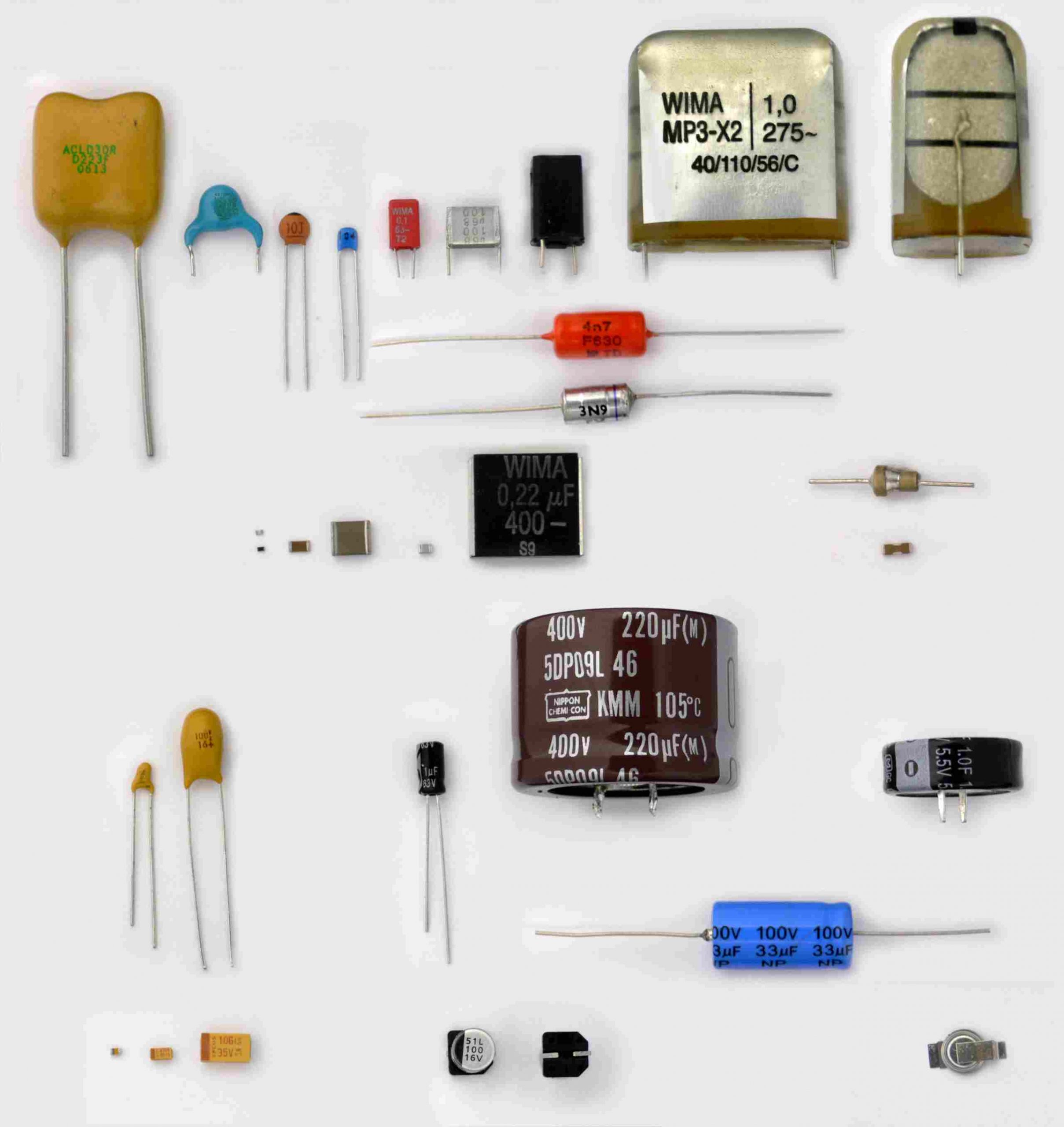Electronic circuits serve as the backbone of modern technology, and their design plays a pivotal role in shaping the functionality of electronic devices. In this exploration, we delve into the intricacies of electronic circuits, focusing on the two main types that form the foundation of electronic systems. By understanding these circuit types, engineers and enthusiasts gain insights into the diverse applications and functionalities they offer.
- Differentiating Analog and Digital Circuits:
- Analog Circuits:
Analog circuits deal with continuous signals, where the information varies smoothly over time. These circuits are essential for applications such as audio amplification, radio frequency modulation, and sensor interfaces. Voltage and current levels represent real-world quantities in analog circuits. - Digital Circuits:
Digital circuits, on the other hand, process discrete signals represented by binary code (0s and 1s). These circuits form the basis of digital electronics, powering computers, smartphones, and various digital devices. Digital circuits enable precise control, storage, and manipulation of information.
- Understanding Analog Circuits:
- Voltage and Current Variability:
Analog circuits rely on the continuous variation of voltage and current to represent information. Signals in analog circuits can take any value within a specified range, providing a smooth representation of real-world phenomena. - Applications in Audio and Radio Frequency:
Analog circuits excel in applications where a continuous representation of information is crucial, such as audio processing, amplification, and radio frequency communication.
- Applications and Characteristics of Digital Circuits:
- Binary Representation:
Digital circuits utilize binary code to represent information. Each bit (0 or 1) carries discrete information, allowing for precise control and storage of data. - Logical Operations:
Digital circuits perform logical operations, enabling tasks such as arithmetic calculations, data storage, and complex decision-making processes. - Applications in Computers and Microcontrollers:
Digital circuits form the backbone of computers, microcontrollers, and digital signal processors. Their ability to process discrete data with high precision makes them essential in modern technology.
- Hybrid Circuits: Bridging the Analog-Digital Divide:
- Some circuits blend elements of both analog and digital designs, known as hybrid circuits. These circuits leverage the strengths of both types to achieve specific functionalities, such as analog-to-digital converters (ADCs) and digital-to-analog converters (DACs).
- Comparing Advantages and Challenges:
- Analog Circuits:
Advantages include a continuous representation of information and suitability for certain real-world applications. Challenges may include susceptibility to noise and interference. - Digital Circuits:
Advantages include precision, reliability, and ease of integration. Challenges may include quantization errors and the need for analog-to-digital conversion in interfacing with the real world.
Conclusion:
The distinction between analog and digital circuits forms the bedrock of electronic design, influencing the capabilities and applications of electronic systems. Waves and Bits serves as a guide for engineers and enthusiasts, offering a deeper understanding of the two main types of electronic circuits and their respective roles in shaping the technological landscape. From the smooth variability of analog signals to the discrete precision of digital code, each type contributes uniquely to the intricate world of electronic circuitry.


